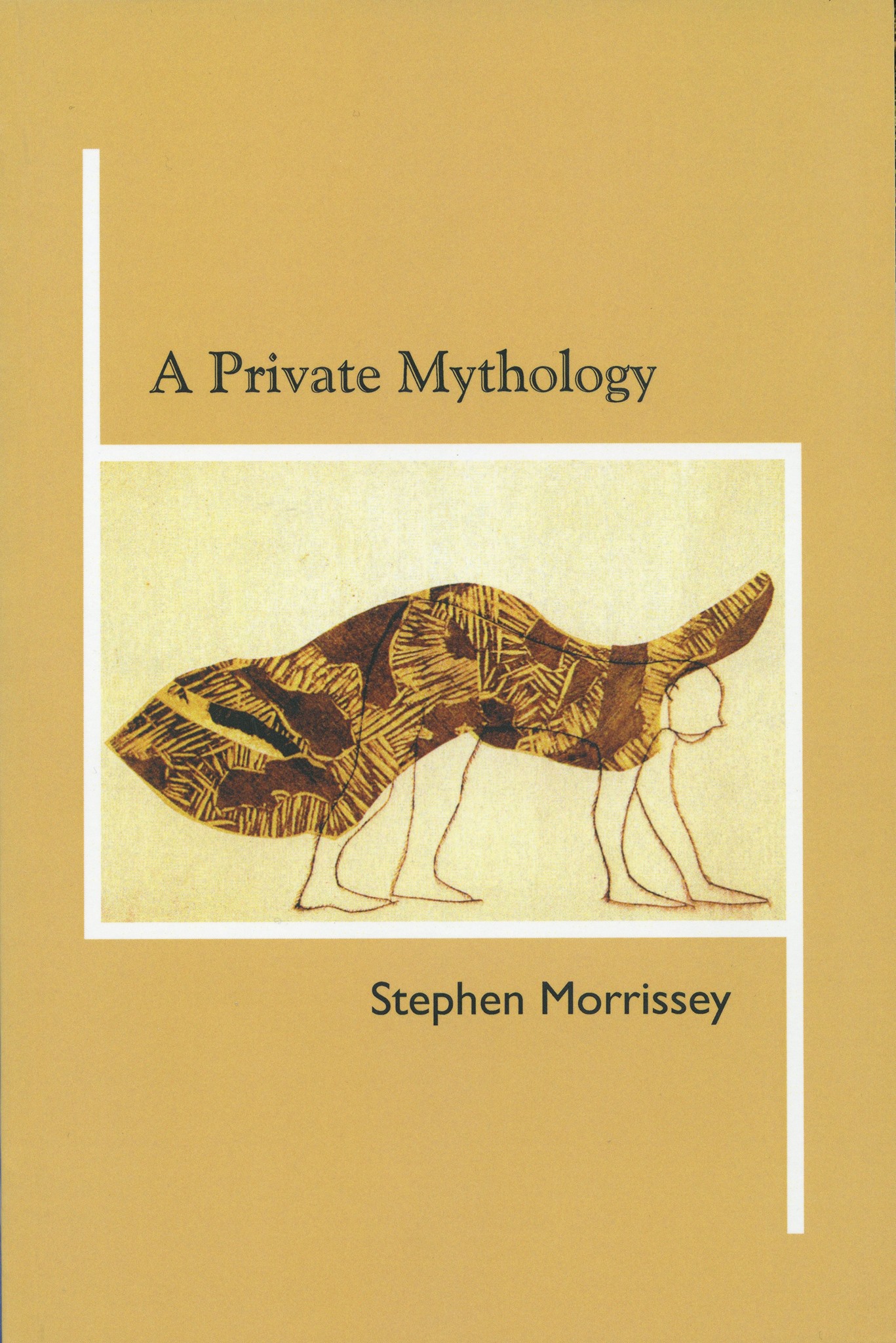Articles & Reviews
Extending the Limit
Human Nature
Edwin Vamey
Intermedia Press
Vancouver, B.C., 1974, 51 pages
Review by Stephen Morrissey
CV II, Vol. 3, no. 2, summer 1977
Edwin Varney's Human Nature is published by Intermedia Gallery in Vancouver. He is also editor of The Poem Com-pany, a fine little mag out of the same gallery. Human Nature is a word picture collage suggesting a movement be-yond the usual restrictions of linear poetry. Edwin isn't cul-tivating any particular style in these poems, he isn't promot-ing his own literary career, what he is doing is significant in that it attempts to fulfill the true purpose of art, that is, to extend the limits of the discipline and the self outwards; the self in these poems is not the isolated lonely self of much contemporary poetry but extends from the unconscious to a Vancouver consciousness to a planetary consciousness to the void. A single vision exists behind the work as a whole, a dream that the real human nature of all people will come forth, blossom and create.
Human Nature juxtaposes sections of straight linear po-etry beside visual work; these include typographical explora-tions, collages of words using a variety of typographical designs suggesting a random or found poetry quality; con-crete poems implementing a singularity of form and content; and a section of photo collages—Michelangelo's "David" on the moon's surface, Gaston Lachaise's "Standing Woman" in front of Crab Nebula, Zsa Zsa Gabor standing on the earth while lions lie suggestively at the bottom right of the pic-ture. The question of what poetry is, or better, what is art and what is not art, is certainly raised by this work. If we approach art or life with a set of preconceptions then the question will be decided without examining the evidence. To understand art, poetry or life, it seems necessary if not essential to place aside these preconceptions of the self. Thus Edwin's apparent "lack" of a style, for style acts as a screen-ing process thru which the self may project its "meaning" onto life.
What exactly is the new role of the poet? For many poets today writing straight poetry is not enough. Apparently, contemporary poets, as well as visual artists, must be proficient in several media: photography (Gerry Gilbert), drawing (Opal L. Na-tions), sound explorations (bpnichol, Steve-MacCafferey), ritual (Bill Bissett), dance (Penny Chalmers); and the distinc-tions between the arts grows more uneven - Roy Kiyooka is a fine poet and articulate prose writer, however he began as a painter; Don Druick is a musician and composer as well as a language artist. To try to narrow a field of activity to, say, straight poetry, is both an inflexible and arbitrary decision. The boundaries of art are expanding to meet the demands of the artist and the whole network of changing relationships we have with our environment, friends, relatives, work, exist-ence. Everything is changing, everything is in flux. It is now possible to create video poems and already we have seen poetry created by computers, poetry in neon lites, tape and sound syntheses of words and their permutations and combinations, etc.
The vision Edwin projects is not one of negativity or Cartesian dualism - but a vision of life, energy and love. Perhaps his success depends upon how the reader comes to the work. For if we approach Edwin's work, or the work of Gerry Gilbert or bpnichol, with ideas that poetry should be of a certain form and only that form, then obviously the depth and beauty of the work will be lost. It is no longer possible to categorize poetry as good or bad poetry, it is only possible to articulate the area of existence, creativity and understanding the work covers. We may not like a par-ticular artist's work, but whether it is good or bad work, is a pointless distinction; indeed, today it is not possible to make that differentiation without betraying one's own personal prejudice. To make that distinction is to not understand the work, it is also to destroy the work and one's relationship with it.
Copyright © 2007 The author

